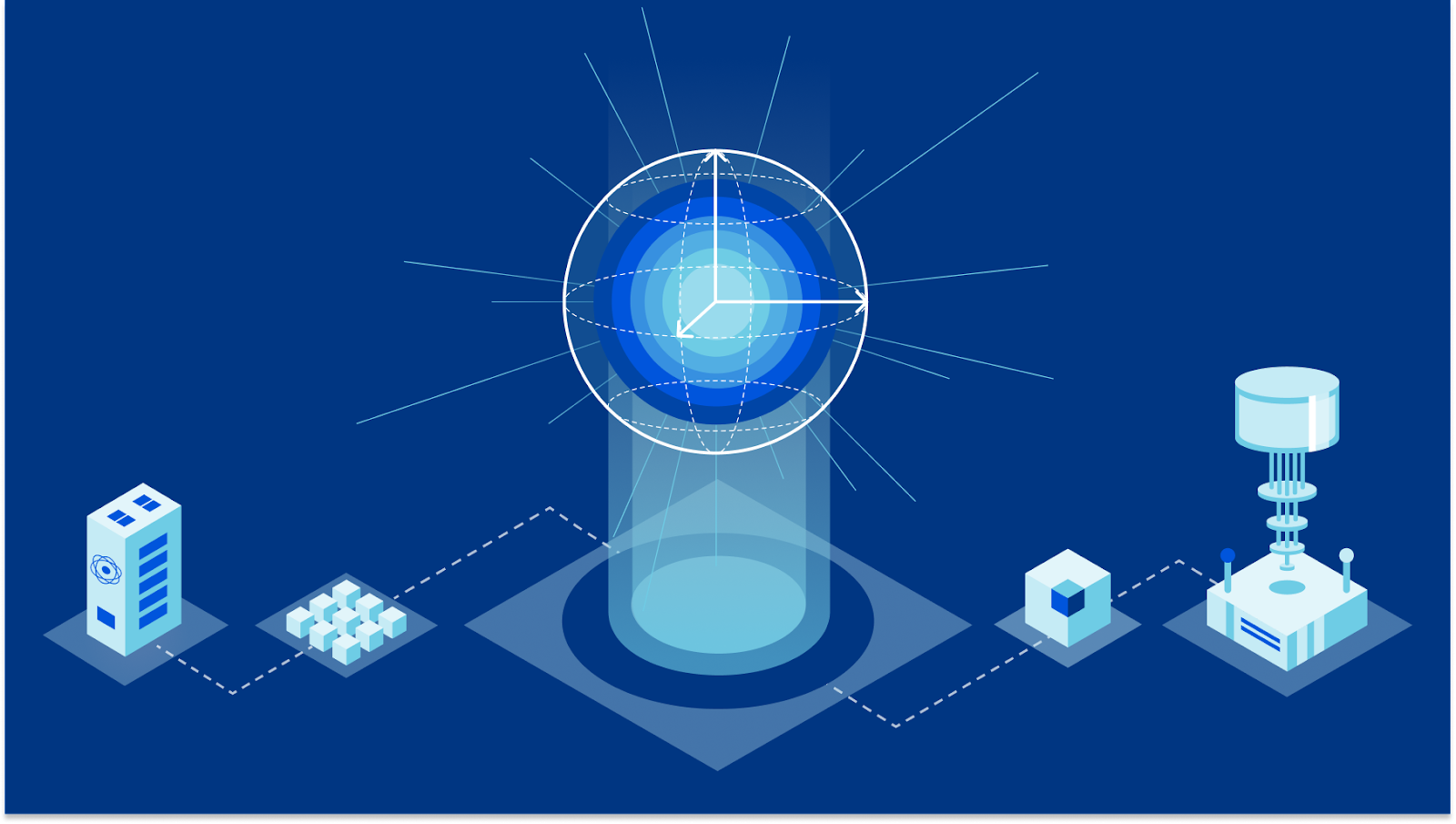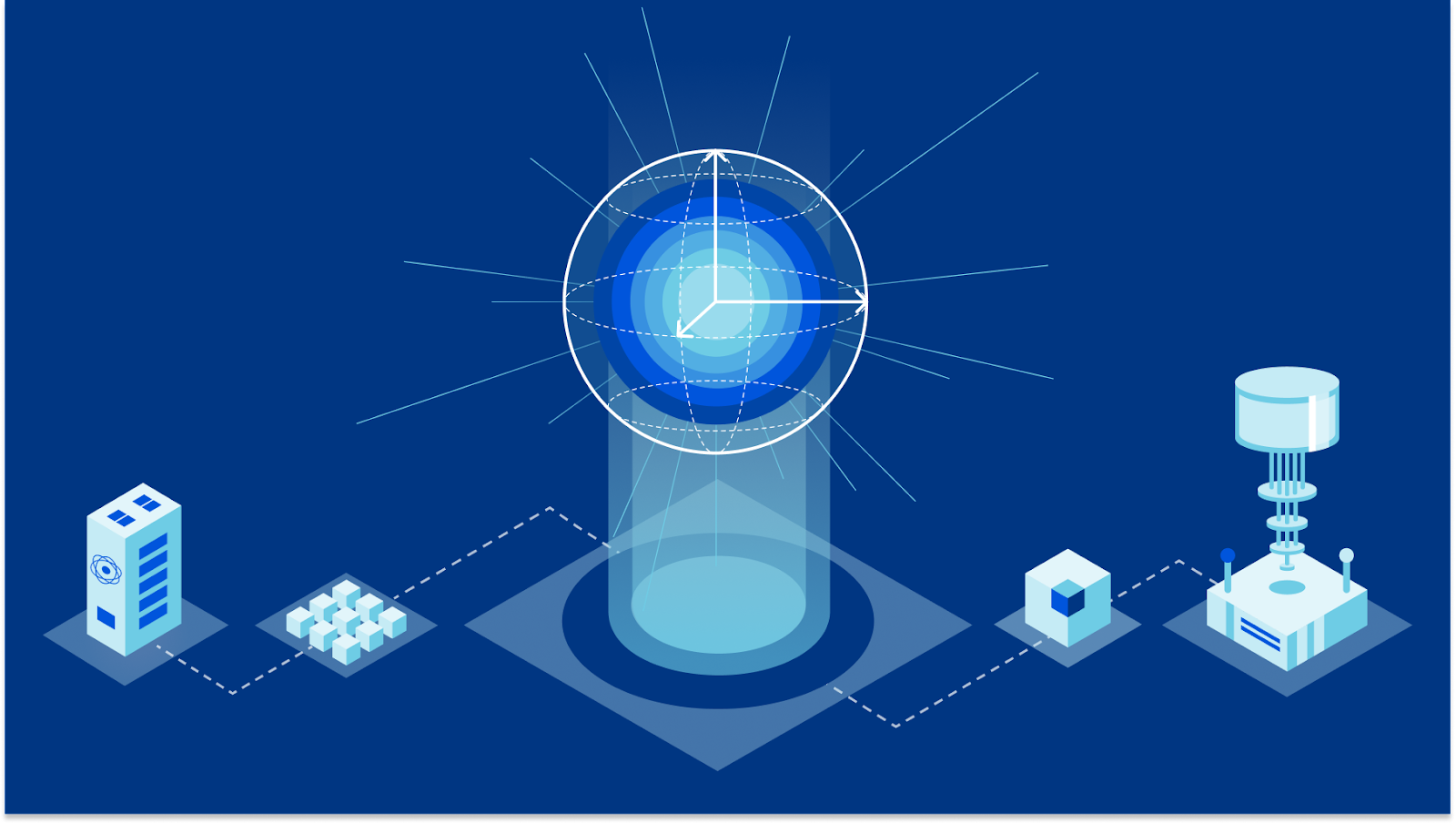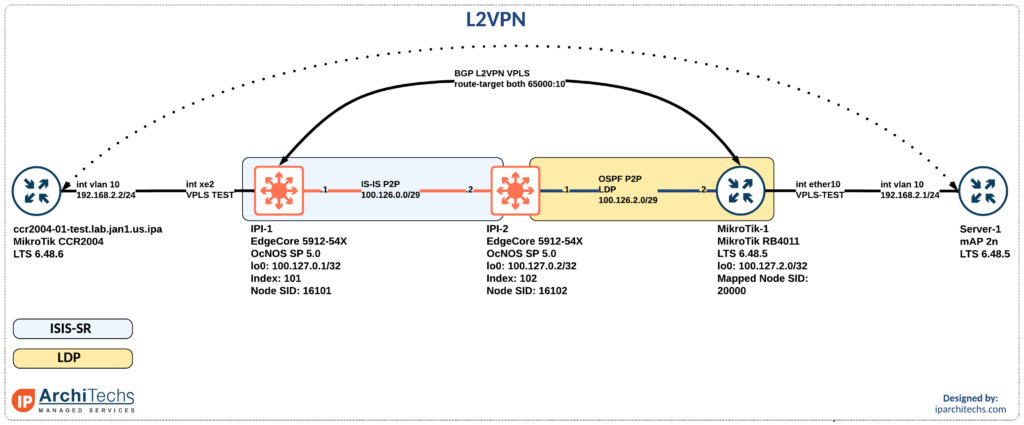0
CONTAINERlab described how to use
FRRouting and
Host sFlow in a Docker container to emulate switches in a Clos (leaf/spine) fabric. The recently released open source project,
https://github.com/sflow-rt/containerlab, simplifies and automates the steps needed to build and monitor topologies.
docker run --rm -it --privileged --network host --pid="host" \
-v /var/run/docker.sock:/var/run/docker.sock -v /run/netns:/run/netns \
-v ~/clab:/home/clab -w /home/clab \
ghcr.io/srl-labs/clab bash
Run the above command to start Containerlab if you already have Docker installed; the
~/clab directory will be created to persist settings. Otherwise,
Installation provides detailed instructions for a variety of platforms.
curl -O https://raw.githubusercontent.com/sflow-rt/containerlab/master/clos5.yml
Next, download the topology file for the 5 stage Clos fabric shown at the top of this article.
containerlab deploy -t clos5.yml
Finally, deploy the topology.
Note: The 3 stage Clos topology, clos3.yml, described in the previous article is also available.
The initial launch may take a couple of minutes as the container images are downloaded for the first time. Once the images are downloaded, the topology deploys in around 10 seconds.
An instance of the
sFlow-RT real-time analytics engine receives industry standard
sFlow telemetry from all the switches in the network. All of
Continue reading






